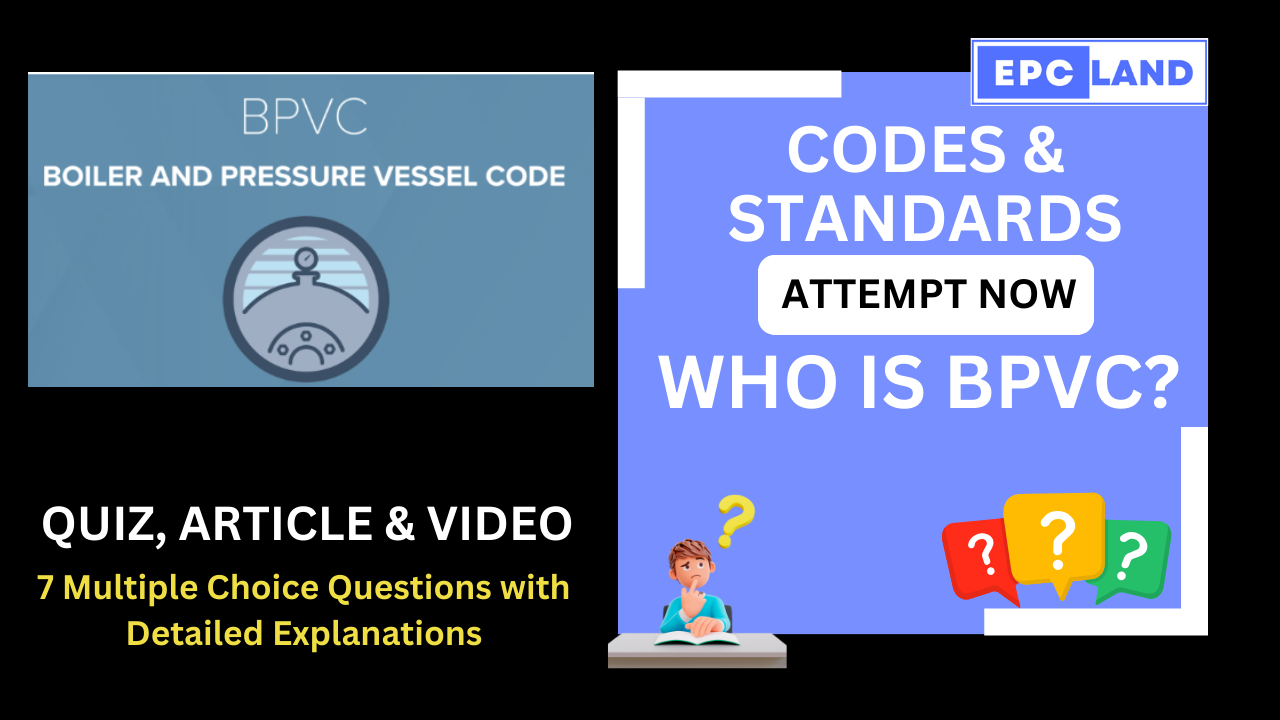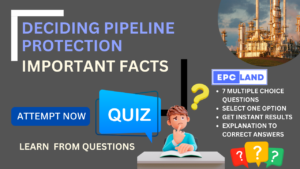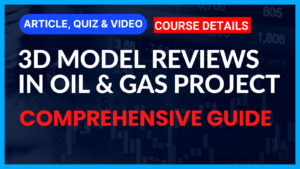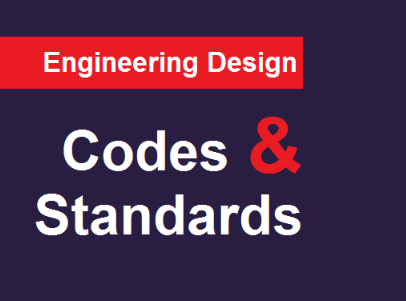
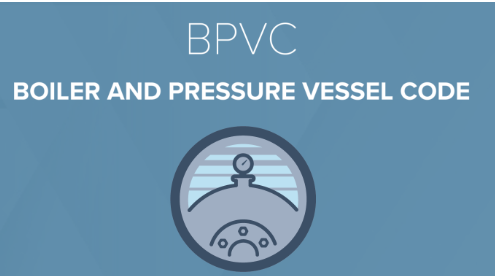
1. Purpose of ASME BPVC
What is the primary purpose of the ASME Boiler and Pressure Vessel Code (BPVC)?
Explanation: The primary purpose of the ASME BPVC is to ensure public safety and the long, safe operation of boilers and pressure vessels.
2. Origin of ASME BPVC
What led to the creation of the ASME Boiler and Pressure Vessel Code in the early 1900s?
Explanation: The ASME BPVC originated from public outcry after boiler explosions in Massachusetts in the early 1900s.
3. National Board of Boiler and Pressure Vessel Inspectors
What was the purpose of forming the National Board of Boiler and Pressure Vessel Inspectors in 1919?
Explanation: The National Board of Boiler and Pressure Vessel Inspectors was formed in 1919 to address inconsistencies in compliance verification.
4. Key Elements of ASME BPVC
What falls under the category of “Nonmandatory guidance” in the ASME BPVC?
Explanation: “Nonmandatory guidance” in the ASME BPVC includes recommendations and best practices for optimal performance.
5. Example Section of ASME BPVC
What does Division 1 of Section VIII in the ASME BPVC cover?
Explanation: Division 1 of Section VIII covers mandatory requirements for pressure vessels exceeding 15 psi in the ASME BPVC.
6. Additional Resources in ASME BPVC
What purpose do “Code Cases” serve in the ASME BPVC?
Explanation: “Code Cases” in the ASME BPVC provide allowances for using alternative materials and construction methods not covered by existing rules.
7. Overall Purpose of ASME BPVC
What is the overall purpose of the ASME BPVC?
Explanation: The overall purpose of the ASME BPVC is to ensure public safety and the long, safe operation of boilers and pressure vessels.
25+ Relevant topics on Codes & Standards
Short Article on Codes & Standards

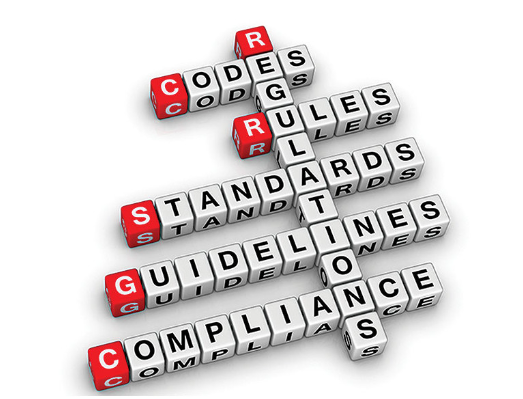
Summary of ASME Boiler and Pressure Vessel Code (BPVC)
What is it?
The ASME BPVC is a set of rules for the design, fabrication, and inspection of boilers and pressure vessels. It is developed and maintained by the American Society of Mechanical Engineers (ASME) to ensure public safety and the long, safe operation of these equipment.
History:
- Born from public outcry after boiler explosions in Massachusetts (early 1900s).
- First edition published in 1914, has grown to 28 books covering various aspects.
- Initially, independent inspectors verified compliance, leading to inconsistency.
- The National Board of Boiler and Pressure Vessel Inspectors was formed in 1919 to address this.
Code Sections:
- Each section covers specific types of boilers and pressure vessels (e.g., power boilers, heating boilers, nuclear components).
- Some sections have subsections/divisions for further detail (e.g., Section VIII has 3 divisions).
Key Elements:
- Mandatory requirements: Essential rules for materials, design, fabrication, inspection, etc., for safe operation.
- Specific prohibitions: Actions explicitly forbidden to ensure safety.
- Nonmandatory guidance: Recommendations and best practices for optimal performance.
Additional Resources:
- Addenda: Updates and revisions to individual sections until the next edition.
- Interpretations: ASME’s official answers to technical queries about specific sections.
- Code Cases: Allowances for using alternative materials and construction methods not covered by existing rules.
Example: Section VIII (Pressure Vessels)
- Division 1: Covers mandatory requirements for pressure vessels exceeding 15 psi (fired or unfired).
- Division 2: Alternative rules for pressure vessels exceeding 15 psi, generally stricter but allowing higher design stresses.
- Division 3: Alternative rules for high-pressure vessels exceeding 10,000 psi.
Overall, the ASME BPVC plays a crucial role in ensuring the safety and reliability of boilers and pressure vessels worldwide. Its comprehensive rules and ongoing updates contribute significantly to public safety and the efficient operation of these critical equipment.
I hope this summary is helpful! Please let me know if you have any further questions about the ASME BPVC or any specific sections.
Table of Contents
Don’t miss the Course on Effective Isometrics Management: Check Now
Enrollment Link
Recommended courses (Published on EPCLand)
- Complete Course on Piping Engineering
- Basics of Piping Engineering
- Piping Layout Engineering
- Piping Material Engineering
- Piping Stress Analysis
- Material Requisitions
- Piping Material Specifications
- Valve Material Specifications
- Plant Design & Layouts-OISD 118
- Isometric Management
Library of Technical Articles
Don’t miss out the collection of 15+ articles on following topics:
- Basics of Oil and Gas Industry
- Valves
- Testing
- Tank
- Piping Bulk Items
- Pipe
- Metallurgy
- Piping Materials
- Layout
- Instrumentation
- Heat Exchanger
- Type of Contracts
- Codes and Standards
- ASTM Standards
- Articles on Piping Specialty Items
Video details of Complete Course on Piping Engineering
Why Enroll in the EPCLand
Proven Track Record– PTR
Activities & Achievements before launching EPCLand
- Published more than 50+ short courses
- 3000+ Enrolments
- More than 3,500,00 Minutes of watch hours in the last 2 years
- 4000+ Students in 100+ Countries
- Rating of 4+ out of 5
- 1000+ YouTube Videos
- 8K+ Subscribers
What Students will Learn
- Codes & Standards of the Energy Sector
- Piping Material Engineering
- Piping Layout Engineering
- Stress Analysis
Interesting facts
- All the published courses have been developed by Industry Experts with more than 2 decades of experience
- Content is based on Practical experience and real-time problems.
- Content is designed and organized in such a manner that it can be easily grabbed.
- Complete website, Blogs and Quiz sections are Planned, Designed and published by myself (About me: Atul Singla)
- Complete flexibility of Time & Location, Students can access the content from anywhere & anytime
- Moreover, once enrolled, the content can be access as many times as you want, which helps in understand the fundamentals in a better way.
Conclusion
In conclusion, our courses are meticulously crafted by industry experts with over two decades of hands-on experience. The content is rooted in practical knowledge, addressing real-time problems. The material is thoughtfully designed and organized for easy comprehension. Every aspect, from the website to blogs and quizzes, has been planned, designed, and executed by Atul Singla, ensuring a comprehensive and seamless learning experience. With the flexibility of accessing the content at any time and from any location, students have the freedom to learn on their terms. Furthermore, enrollment grants unlimited access, allowing learners to revisit the material as often as needed, fostering a deep understanding of the fundamentals.
